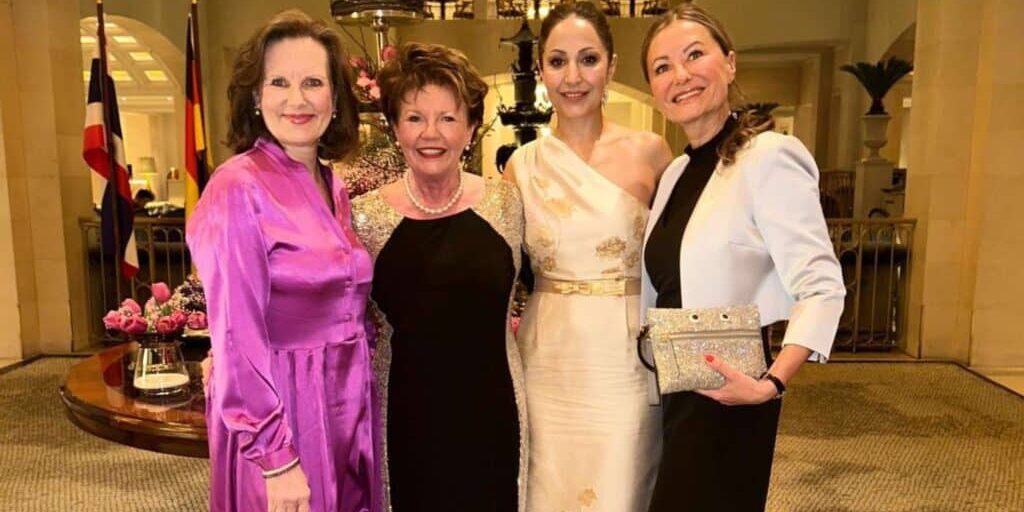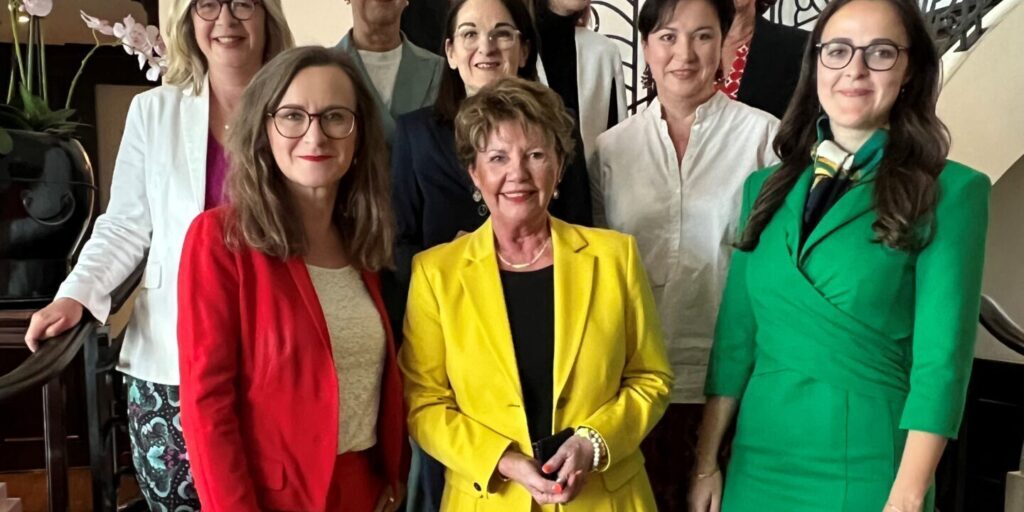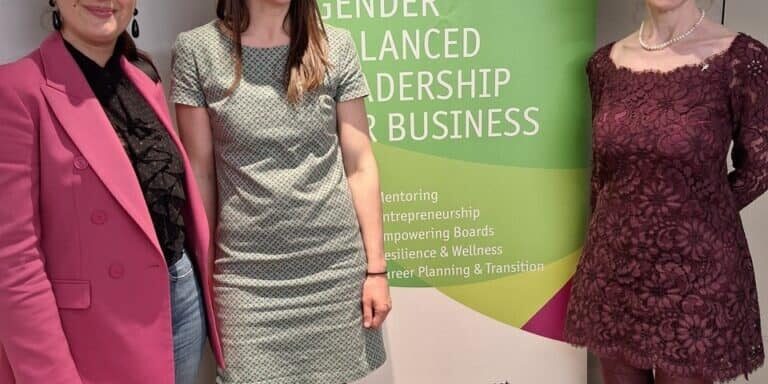Unique and creative ideas
Why attractive communication spaces are important and how they increase productivity?
What image do you have in your mind when you hear the word “open-plan office”? Not a good one, is it? Open-plan offices are not popular with everyone. Many perceive them as stuffy, noisy and hectic. The term also sounds totally old-fashioned. But let’s just use a newer word: Open Spaces! What do you see now? Lots of creatives working together in chic surroundings to achieve a great goal, right? In purely factual terms, all offices with more than 400 square meters and multiple workstations are open-plan offices. And the trend toward open-plan offices, open spaces or team offices – the terms are interchangeable – continues unabated. Almost all large companies tend to establish open-plan offices as modern offices. Google, Amazon and others are leading the way. Only those who constantly exchange ideas can work well, are inspired and cheerful. “Creative minds don’t really blossom until they exchange ideas. The mix that comes out when you put them together is explosive. That’s why putting them together is a top priority,” write former Google CEO Eric Schmidt and Jonathan Rosenberg in their 2014 book, How Google Works. In their view, the traditional division of large spaces into individual offices is exactly the wrong way to promote greater productivity. Because: The really good ideas would arise above all where colleagues sit together and exchange ideas. It is now 2020, and even six years after the book was published, most companies are embracing open office environments. The coworking providers sprouting from the ground have also based their Spaces on ideas from Google. The concepts here are diverse and the design of large-scale robbery offices is constantly evolving. Even the old economy no longer relies on individual offices, but instead lets teams and bosses work together in an open-plan office.
Oldeconomy also relies on open-plan offices
Even the old economy, including insurance companies, airlines and carmakers, are betting on the open-plan office trend. Surprisingly, however, it turns out that open communication with each other is often reduced by the permanent sitting together. This is what happened with a hotel chain. All of a sudden, the boss was sitting there in the middle of her team and was surprised that hardly anyone was talking. It was only much later that she noticed that the employees were in constant contact via Messenger and were exchanging ideas without the involvement of her boss. Interestingly, then, open-plan offices do not lead to more lively exchanges in all cases. The human desire for privacy – also and especially in interpersonal communication – simply cannot be undermined or defeated by trends. But what do modern offices look like? Open-plan offices need places of retreat. They need areas for different tasks, for example, space for concentrated work, places to make phone calls and opportunities to meet and exchange ideas.
The design of open plan offices
There are quite different approaches to open-plan office design. For example, the division into different areas: open spaces for team brainstorming, soundproof cubes for longer phone calls and individual offices for highly concentrated work. Billiard table, basketball court and retreat for nap are also here and there. The functional areas for printers, copiers, office supplies and document shredders are located in one central point. Open-plan offices are now divided into functional areas, just as people now live. An open-plan office is defined as an area of at least 400 square meters. The trend that the square footage per employee is getting smaller remains. But: At the same time, the social and communication spaces are increased. In total, this is a reduction in area, but an increase in quality. There are certainly limits to the optimal workplace. But it always depends on how the office is designed. And there are no generally applicable solutions for this; instead, a company’s workflows, for example, have to be planned individually. However, quite important in the design of offices are absolutely basic things. Not too light, not too dark, too hot or too cold. If the air is stagnant, if it’s stuffy, if there’s a draft somewhere, or if you’re blinded, you can’t concentrate.
Change to living space office
Today, people often spend more time in the office than at home. In a pleasant atmosphere, employees feel valued and are willing to use their skills in a motivated and productive manner for the good of the company. Modern, beautifully designed workspaces in spacious, open areas encourage collaboration and increase communication. And 80% of innovative ideas are generated through personal communication: strategies, plans, product ideas, analyses and concepts. The office is a decisive factor for success, the (open-plan) office becomes a meeting center.
Open plan offices as an asset
If you block out noise and narrow your field of vision, you have already automatically improved your concentration. Medium-sized manufacturers have developed many practical approaches to this. For example, there are sound-proofed pinboards that fold out to resemble the “cheat screen” at school, or headphones that almost completely block out ambient noise. In addition, tensions between colleagues and teams don’t have much of a chance to pile up behind closed doors for long – those who meet each other on a permanent basis can solve problems through official channels and don’t have to wait until the next big meeting. Architects have long recognized the new and very different requirements for office usability. The workplaces of the future will often be built in mixed forms and consist of individual, open-plan and team offices. The feel-good factor also plays a major role, as most people spend up to eight hours or more at their workplace. Large companies want their employees to feel comfortable and provide coffee, water and nice common areas. But office environment and corporate culture are mutually dependent. Sustainable changes with regard to a company’s corporate culture, decision-making and communication culture should also be reflected in the design of office environments. After all, good teamwork only works if the atmosphere among each other is right, and the companies also ensure that employees are treated fairly, have exciting tasks and teamwork is encouraged. In other words, the right spirit, the inner attitude is even more important than the external environment.










